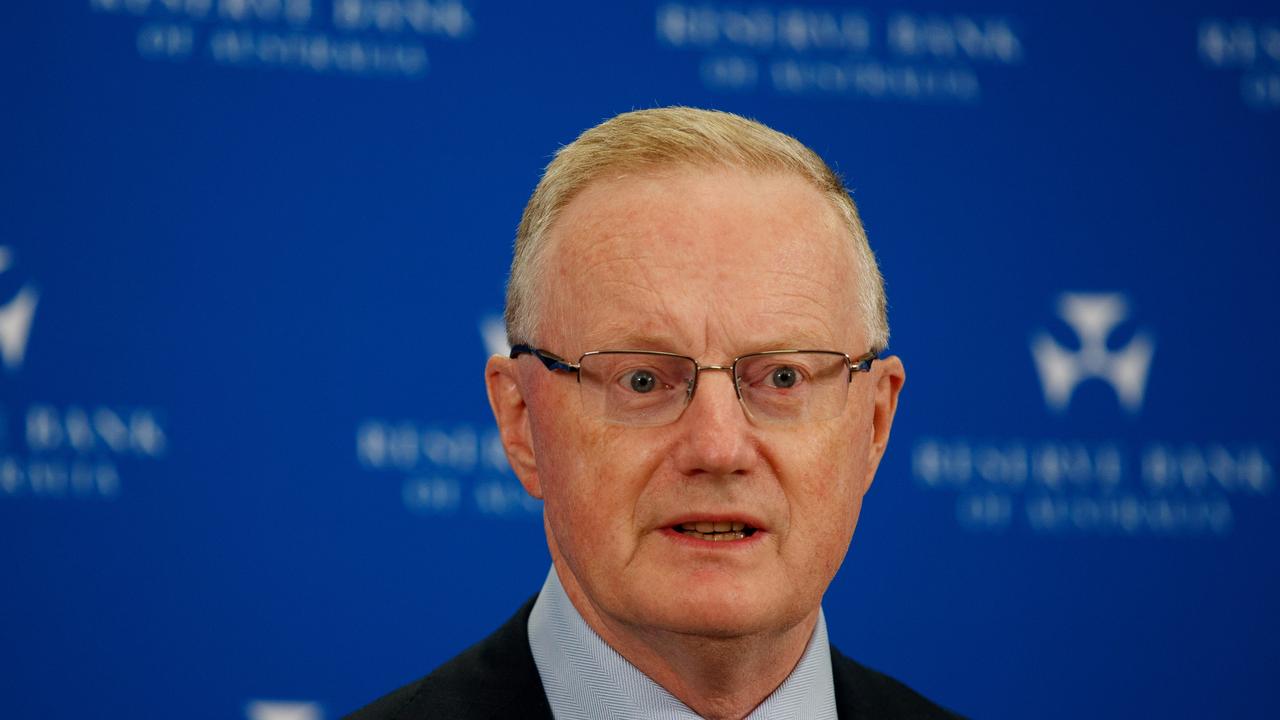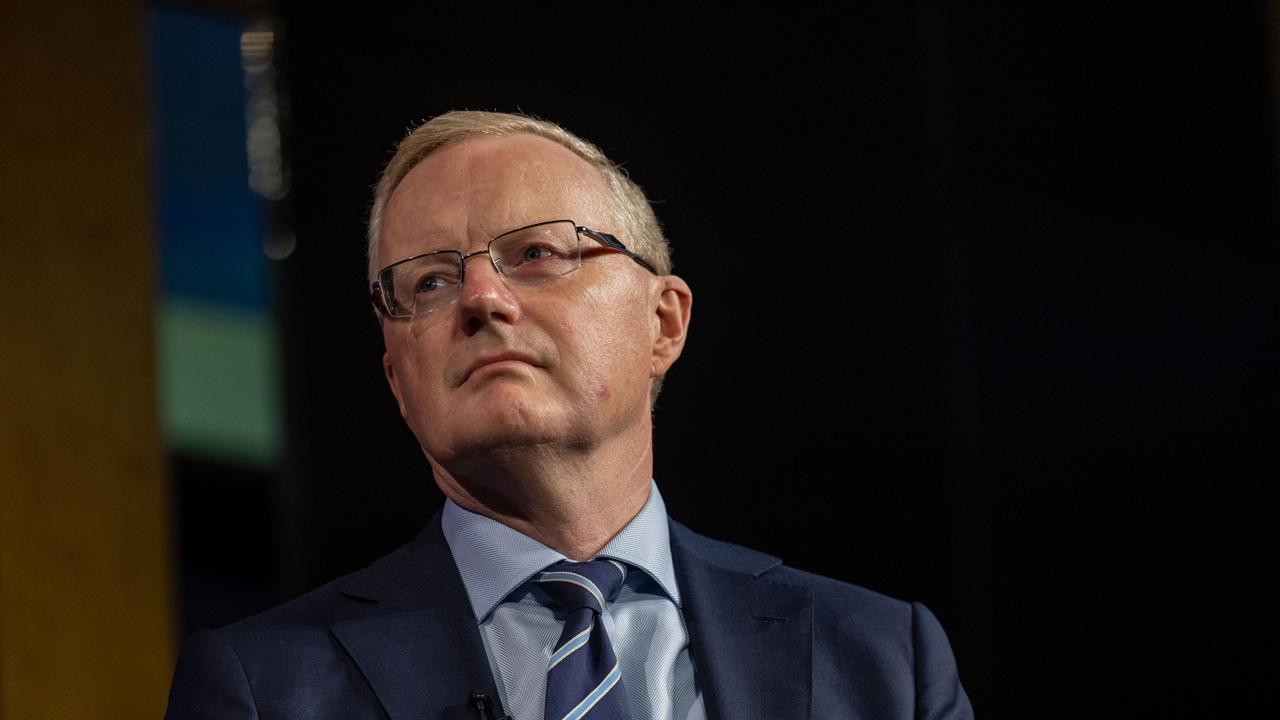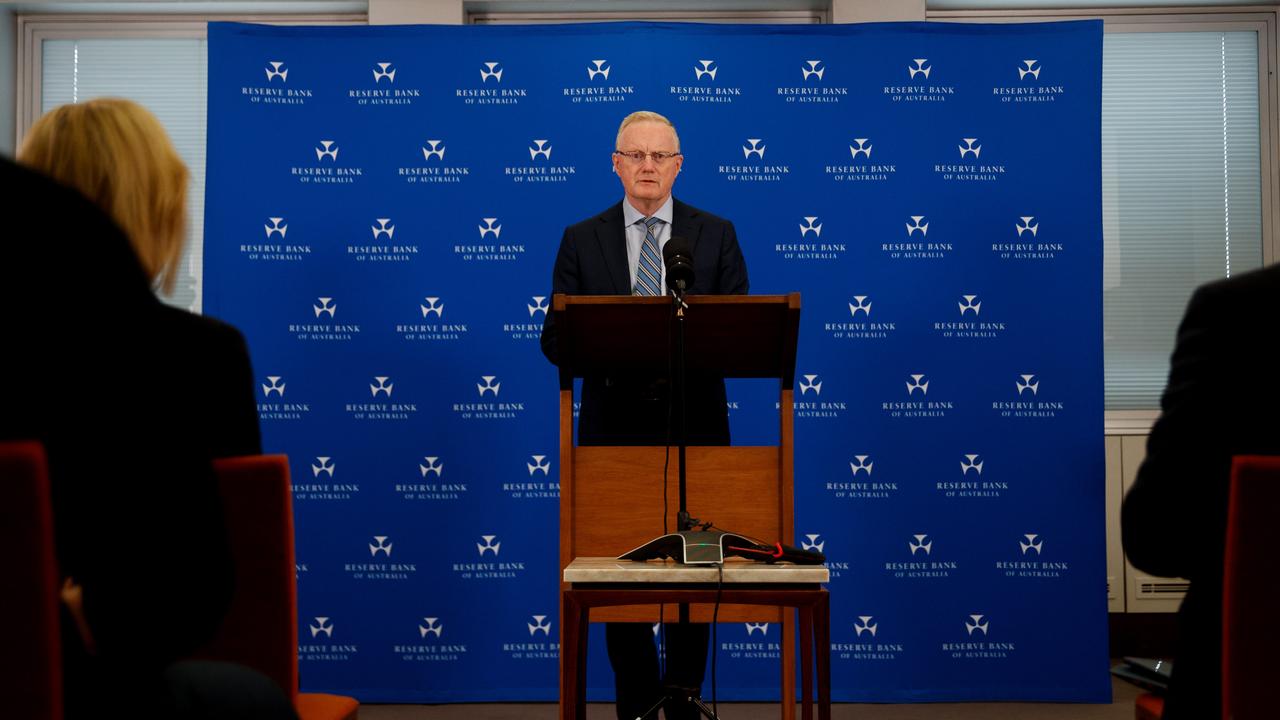How the major Reserve Bank shake up will affect Aussies
Australia’s central bank is set for a major overhaul after a wide-ranging review outlined key areas where the bank needed to change.
The number of rate hikes per year will be slashed under sweeping changes that would hand the Reserve Bank’s power to set interest rates to a newly established board.
Under the central bank’s first major overhaul since the 1990s, the RBA would be brought closer in line with its international peers and separate monetary policy from the current board that oversees the bank’s day-to-day operation.
But the Treasurer Jim Chalmers has declined to say whether embattled governor Philip Lowe’s term would be extended despite his desire to stay on.
The independent review, released on Thursday, recommended the board meet eight times a year rather than monthly, hold regular press conferences to boost its accountability, and conduct five-yearly assessments of the RBA’s performance.

The Treasurer agreed to in-principle support for all 51 recommendations to ensure the monetary policy framework “delivers the right decisions and makes the right calls” for the Australian economy and people.
Dr Chalmers commissioned the review last year amid criticism the RBA kept interest rates too high in the years leading up to Covid and acted too slow to deal skyrocketing inflation.
The review, conducted by Canadian former central banker Carolyn Wilkins, Australian National University economics professor Renee Fry-McKibbin and the Secretary for Public Sector Reform Gordon de Brouwer, said while the bank had performed well over the last 30 years, changes were required.
“The more complex and uncertain environment has tested the RBA and its monetary policy framework,” the reviewers said.
“This has underscored some of the strengths of current arrangements. But, in a number of recent episodes, it has highlighted clear opportunities to improve systems and processes.”
While the RBA will maintain its 2 to 3 per cent inflation target, the reviewers said the current wording of the mandate made it “harder to say” whether the target is being met, and should be dropped.

The largest recommendation was the establishment a new monetary policy board to sit alongside a governance board.
Six external members with expertise in macroeconomics, the financial system, labour markets or the supply side of the economy will sit on the panel alongside the governor, deputy governor and the Treasury secretary.
It would meet just eight times a year to allow more time to consider the economic climate and would give equal weight to price stability and full employment in its decision making process.
If accepted, it would mark a major shift from current practice. Currently, the board is made up of non-monetary policy experts.
The review said the current settings did not “sufficiently explore policy options and strategies or to challenge RBA views”.

Public press conferences to explain the views of the board would become a regular occurrence and the panel would be required to report the unattributed votes of board members in a public statement.
“There is limited information available to the public about the factors driving the Board’s decisions, or how alternative viewpoints or policy options are weighed. Accountability mechanisms for individual Board members are lacking,” the review said.
The power of the governor would also be watered down. While the high profile leader should sit on each of boards, it can’t chair them both.
Instead, it was recommended the bank should appoint an external member to chair its governance board. The governor would oversee the monetary policy committee.
Management at the RBA will also be required to undergo leadership training to drive cultural change.
While the review described the culture as collegiate and deeply committed, it heard that staff were reluctant to speak up.
“A common theme the review heard was that the RBA does not handle bad news well and that this means people do not want to raise problems or point out mistakes. Staff members remarked that this strengthens risk aversion and fear of failure,” it said.
The central bank and Governor Philip Lowe has come under intense scrutiny for how monetary policy decisions – particularly rate rises – have been communicated.

Dr Lowe told Australians as late as November 2021 that the bank was likely to hold the cash rate steady at 0.1 per cent until 2024. Since May 2022, the central bank has aggressively hiked rates to 3.6 per cent.
The Treasurer will come to a decision on the central bankers professional future when his term expires in September.
Fronting the media after the report’s release, Dr Lowe expressed a desire to be reappointed but said he would “find another way to contribute” should he be given the flick.
Asked if he was the best man to take on reform the bank, the governor told reporters he was “certainly confident I would do my best”.
“It’s up to others to judge whether that’s good enough,” Dr Lowe said.
But he said he did not feel personally wounded by the review that specifically delved into the RBA’s performance under his helm.
“I’m just one person on the board of nine and a staff of 1500 … We don't always get it right, but we always try and do the right thing by the Australian people, and I take great comfort from that,” he said.

Many of the recommendations will require changes to the RBA’s operating legislation. The review suggested the amendments should be made by the middle of next year.
Dr Chalmers said he was confident the government had given itself enough time to meet the deadline.
Shadow treasury spokesman Angus Taylor, who was briefed ahead of the review’s release, said the Coalition would approach the proposed reforms with a “spirit of bipartisanship”.
“We also welcome the report’s recommendation that the Coalition continue to be consulted on the appointment of new directors and the implementation of the review,” shadow treasury spokesman said.



